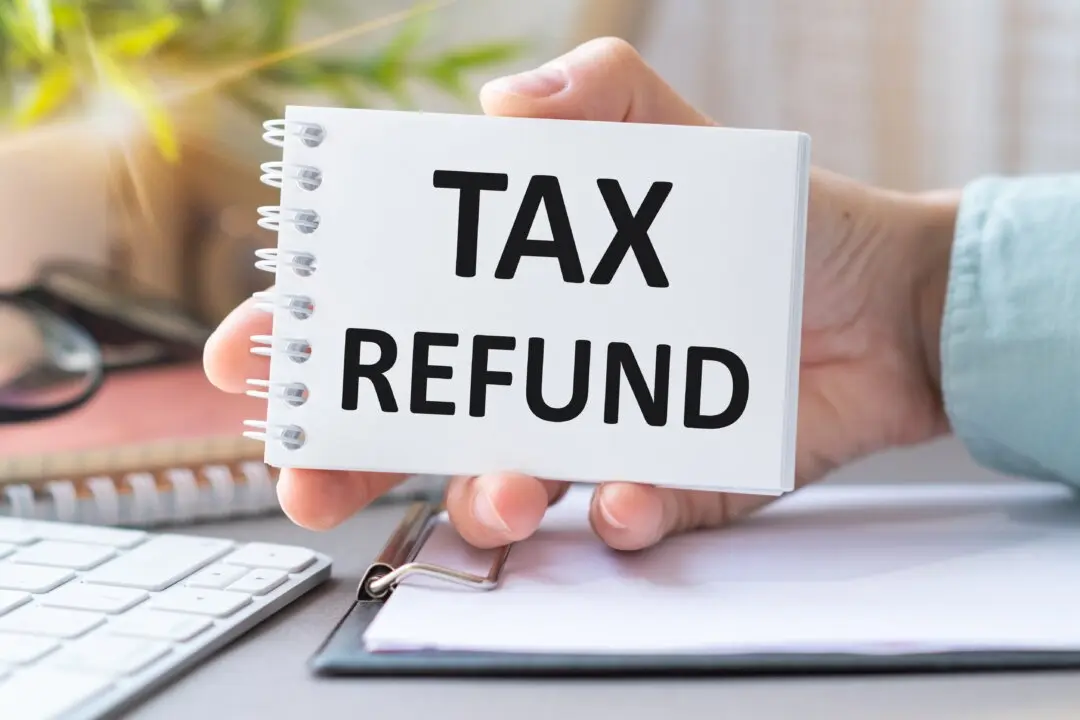Savings accounts, bonds, stocks, and real estate are all places in which you can put your savings so that they’ll be safe for the future. Any investment can go down as well as up but if you balance your savings portfolio carefully, you should find that its value grows over the years.
Those savings, though, will come from post-tax dollars. First, you pay your taxes and cover your expenses. Then you get to save whatever is left over.





